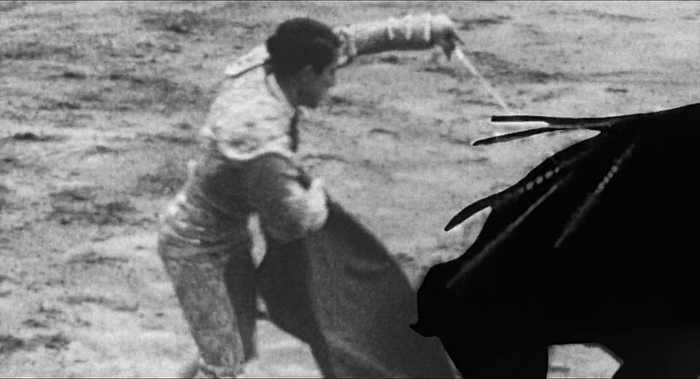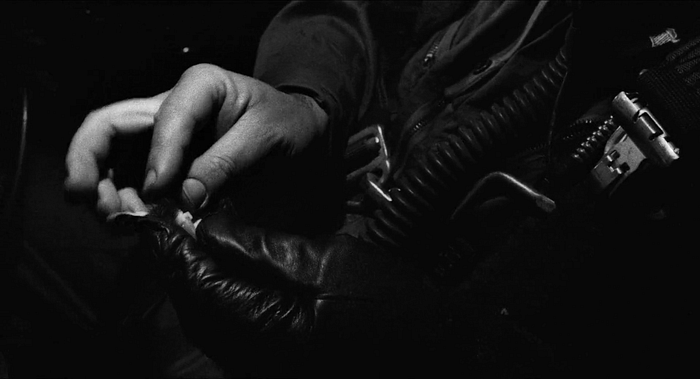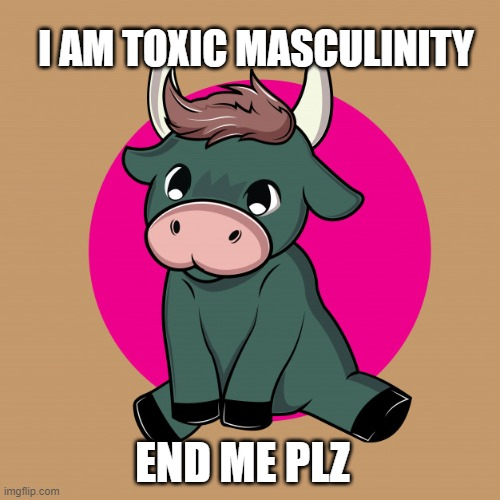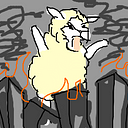The Death of a Bull
A Correlation Between Bullfighting and Nuclear Destruction in Fail Safe

An art-form, at least to the traditionalists in Europe and South America, or a sport of some rough, brutal entertainment, bullfighting exists — where it is not banned or tamed to pacify the danger toward the fighter and the bull — as a cultural relic, a symbol of strength and pure masculinity, a man’s game for most of its history. Hemingway utilized the symbol with his minimalist deconstruction of masculinity, The Sun Also Rises, and in a similar manner, Sidney Lumet bookends his 1964 film, Fail Safe, with explicit references to bullfighting as a means of exploring the dangers of the Cold War, revealing what costs the world will incur if this game among men continues.
Lumet’s extraordinary opening to Fail Safe, a nightmare edited to cutout a bull’s death and sections surrounding General Black, who witnesses the bullfight in abject horror, brings the viewer into the harsh reality of Cold War America, even if this nightmare merely presents a heightened reality yet to occur. The atmosphere lowers to a standstill after this scene, yet the facade is an appearance of calm before a brewing tempest, one endangering humanity itself. In only two hours, from peaceful apprehension to a screeching denouement of unseen destruction, millions are killed by a few bombs dropped on two major cities — all at the fault of an “accident” derived from what’s best considered a game; for the absurd conclusion that any of this madness was warranted can only be described as an unnecessary series of actions pertaining to a desire to win. The prize? The reward? Each man in this film may have his own, but what results is a revelation of a society marked by rampant masculinity that desires control and security.

Within the picture, there are about five women; however, there are likely three to five times more men. This contrast between the sexes, a palpable difference which arises when the bomber pilot’s wife — the last chance at ending the crisis — pleads to her husband, the first time a woman is heard (if not seen) since the secretary who leads the President and his translator to the bunker where they spend the entirety of the film. In fact, besides General Black’s wife, the guest with Professor Groeteschele, and the aforementioned wife, whose appearances reach a runtime of less than ten minutes altogether, there is no major length of time spent with the opposite sex.
It is easy to chalk this disparity as a portrayal of a patriarchal era; the second major feminist movement in the United States would only begin during the ‘60s. Nevertheless, little focus on this matter would be a mistake as there is notable evidence supporting the lack of women as commentary from Lumet and the screenwriters Walter Bernstein and Peter George. First, Lumet’s directorial debut 12 Angry Men is as much a critical piece on masculinity with its presentation of twelve distinct and opposing personalities as Fail Safe. Few can argue that this thriller lacks similarities with the court drama: a primarily male cast, set in small rooms, filled with sweat-covered faces each comprehending and attempting to defuse a situation on the cusp of exploding. The themes each film addresses may differ, but the situations are entirely derived, in some manner, by the men who comprise these situations.
Second, women in Fail Safe are the only pure truth-bearers. Each issue the needed warnings to their respective men as a means to end the game, delay it, or, at the very least, avoid its consequences — even if that consists of moving responsibilities involved in the nuclear crisis to another person. The pilot’s wife begs her husband to stop his course, in spite of how futile the endeavor is; General Black’s wife wishes her husband to resign in response to his recurring nightmare, which would end his involvement as instigator of New York’s tragic demise; and Professor Groeteschele’s guest postulates on the professor’s aims: “You make death an entertainment. Something that can be played in a living room.” He soon slaps her, and, with a heavy tinge of hypocrisy in hindsight, states, “You are not my kind.” If only Groeteschele saw how his petty attempts at overcoming the Russians were, both in his lectures and his advice for the President, the worthless game these men went through with might have ended in a different fashion — which concurrently brings up the final point.

Returning back to the symbol of the bull and his matador, a sport, a game, bullfighting represents the hubris of men — and if one wishes to call it so, toxic masculinity. A man and a bull enter the ring, and one must die by the actions of another. It is a slow venture of strike-less swipes by both actors until one finally falls. Now, the question of who represents who must be answered. Who is the matador, and who is the beast? Where the answer lies is in the film’s conclusion. To activate the bomb that will destroy parts of New York City, General Black must prick himself with a needle. Once he has done so, he goes into delirium as he has an epiphany, “The matador, the matador, the matador. Me! Me!” He realizes he himself is the matador from his dream…. at least from an initial assumption; but what cannot be ignored is the pricking of the finger. The needle resembles the swords and lances used to incapacitate and eventually kill the bull. Also of note is that Black will perish due to his distance from the bomb, so the pricking itself is not a deadly blow, even if he falls unconscious before it drops. Altogether, the argument stands that through Black and his self-inflicted wound and eventual death, he is the bull, and as an encapsulation of mankind, Black represents man’s destined destruction if these games continue.
These symbols are not revelatory of course; for the matter is not handled with much subtlety. Regardless, they remain worthy of exploration, so in continuation, who or what is the matador? This is where the title of Fail Safe must be examined. The “fail safe” is the technology crafted to prevent this nuclear holocaust, and it is the ironic failing of the fail safe that leads to the film’s conflict. In turn, this technology meant to replace men only results in the requirement of men to prevent what the technology was to prevent. Avoiding this convoluted mess of misplaced responsibility, the matador that arises, the symbol at hand, has to be what causes the incursion, the danger that lingers in the background: the bomb. It is, in itself, a symbol too. The nuclear bomb, as explored in many other similar films and other media, is man’s creation, an invention that dooms humanity, a paradoxical situation due to mutually assured destruction.
So, the matador — the nuke — kills the bull — mankind. What results is a clear picture, one that bullfighting illustrates in Lumet’s feature. Man will destroy man. Man’s tools will destroy man. Man’s inability to replace pride with compassion will destroy man. Black is not wrong in assuming he is the matador because the distance from a weapon to its creator is not far enough to notice. In short, Fail Safe, with its use of bullfighting as a non-central but still potent symbol, decries the inevitable mistakes of man and the consequences — an ouroboros that will never end until the game is over, whether by the hands of ashamed men or the bombs that take far too many lives. Whether the bull or the matador dies, there are no winners.

